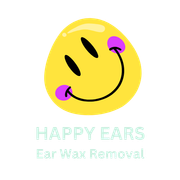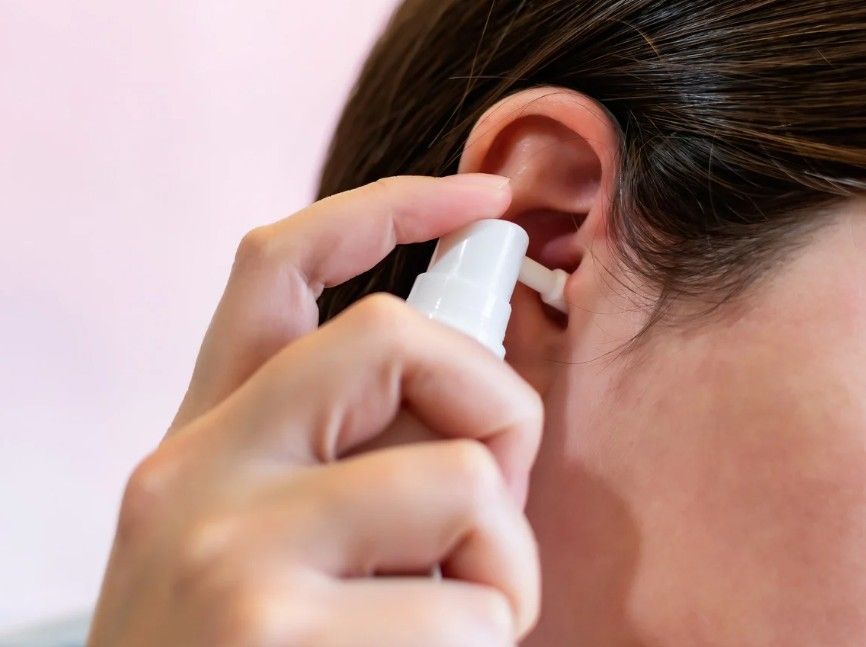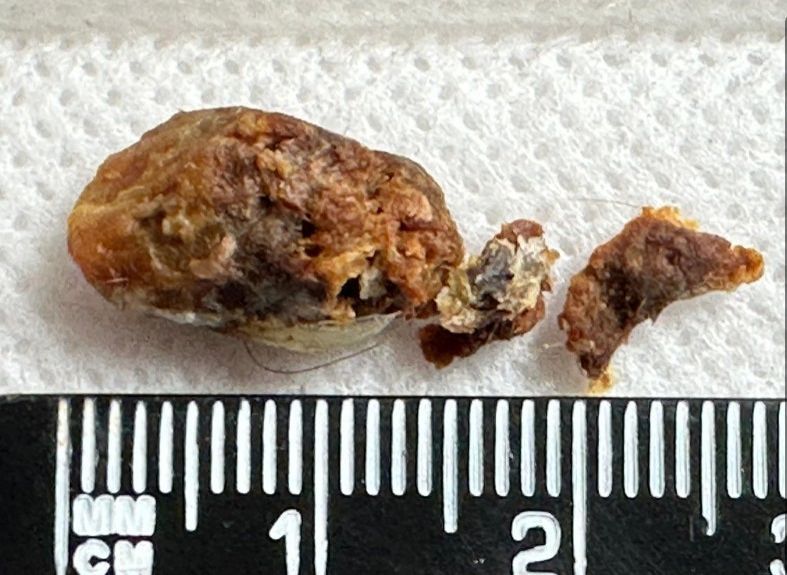Expert Ear Wax Removal by Approved Specialists
Because Everyone Deserves Happy Ears
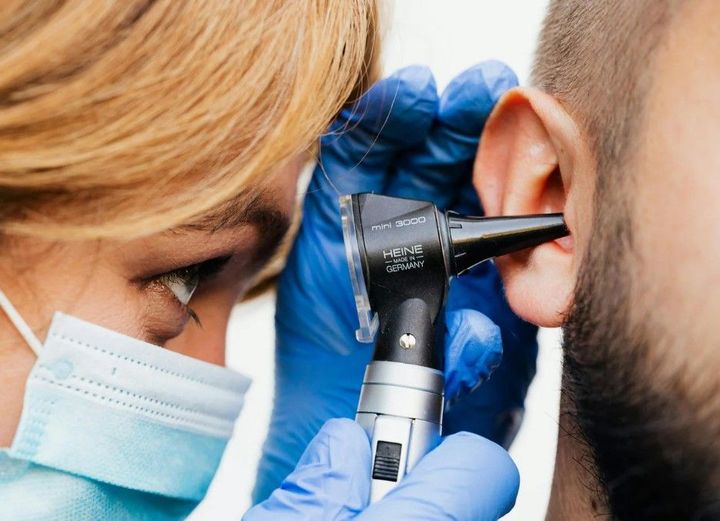
Happy Ears - Ear Wax Removal Clinics
Happy Ears – Ear Wax Removal Clinics are a network of independent private ear wax removal specialists who share a common commitment to providing affordable private ear wax removal service in a comfortable, relaxing environment.
All Happy Ears Ear Wax Removal Specialists will have undergone an approved training programme in ear wax removal. Most for both microsuction and irrigation.
Based on the experience of removing earwax from thousands of ears we know that being able to provide both methods of ear wax removal provides the best chance of removing your ear wax in one visit with minimal discomfort – especially if you have prepped your ears as guided.
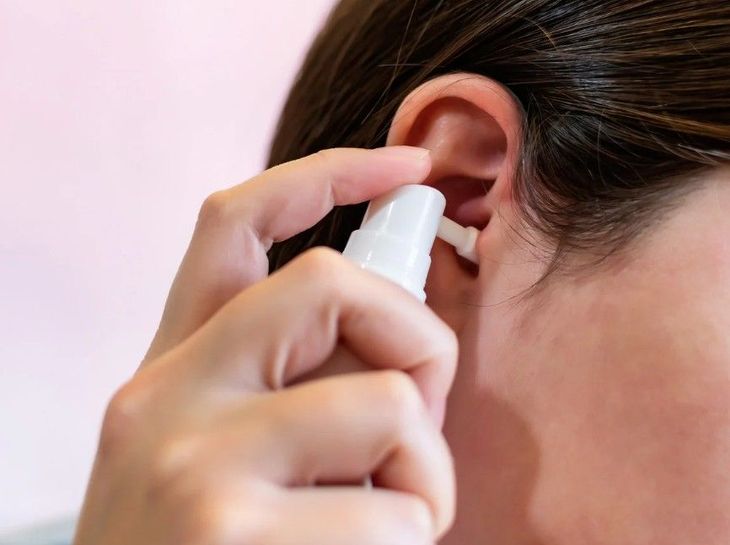
EAR WAX REMOVAL NEAR ME
Check to see if a Happy Ears Ear Wax removal Specialist is near you
Professional, Fully Insured, Certified, Friendly Private Ear Wax Removal Clinics
To book in with an ear wax removal clinic near you simply click the button below to take you to the locations we have a Happy Ears Ear Wax Removal Specialists in place:
Our Treatments
Ear Microsuction
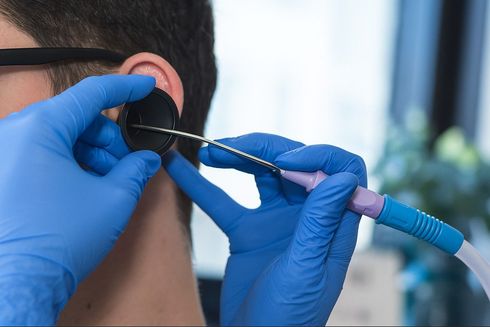
Microsuction is a safe, gentle, and effective method of ear wax removal that uses a small, low-pressure suction device to remove wax from the ear canal. Unlike traditional syringing, microsuction does not use water, making it cleaner and more comfortable - especially for those with sensitive ears or a history of ear infections. The procedure is carried out under direct visual guidance using a specialist microscope or loupes, allowing the clinician to work precisely and safely.
Ear Syringing | Ear Irrigation
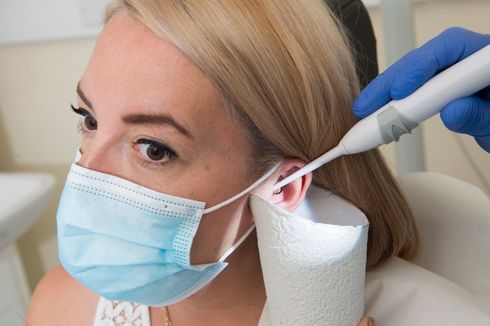
Irrigation is a well-established method of ear wax removal that uses a gentle flow of warm water to flush out softened wax from the ear canal. Before treatment, clients are usually advised to use ear drops to help loosen the wax, ensuring a smoother and more effective procedure. The process is safe, comfortable, and suitable for most people, providing a thorough clean and restoring clear hearing when carried out by a trained professional.
It is often still referred to as ear syringing and whilst both methods do use water, there is a difference between them. To find out more about how irrigation is different to syringing, simply go to the irrigation ear wax removal page.
Ear Wax Examination

An ear inspection is the first step in the ear wax removal process, allowing your specialist to carefully examine the ear canal and eardrum using an otoscope or specialist magnification equipment.
This assessment helps determine the presence, type, and amount of wax and the most suitable removal method - microsuction or irrigation, or possibly a combination.
It also ensures there are no underlying issues that could affect treatment, making the procedure safe, tailored, and effective for each individual.
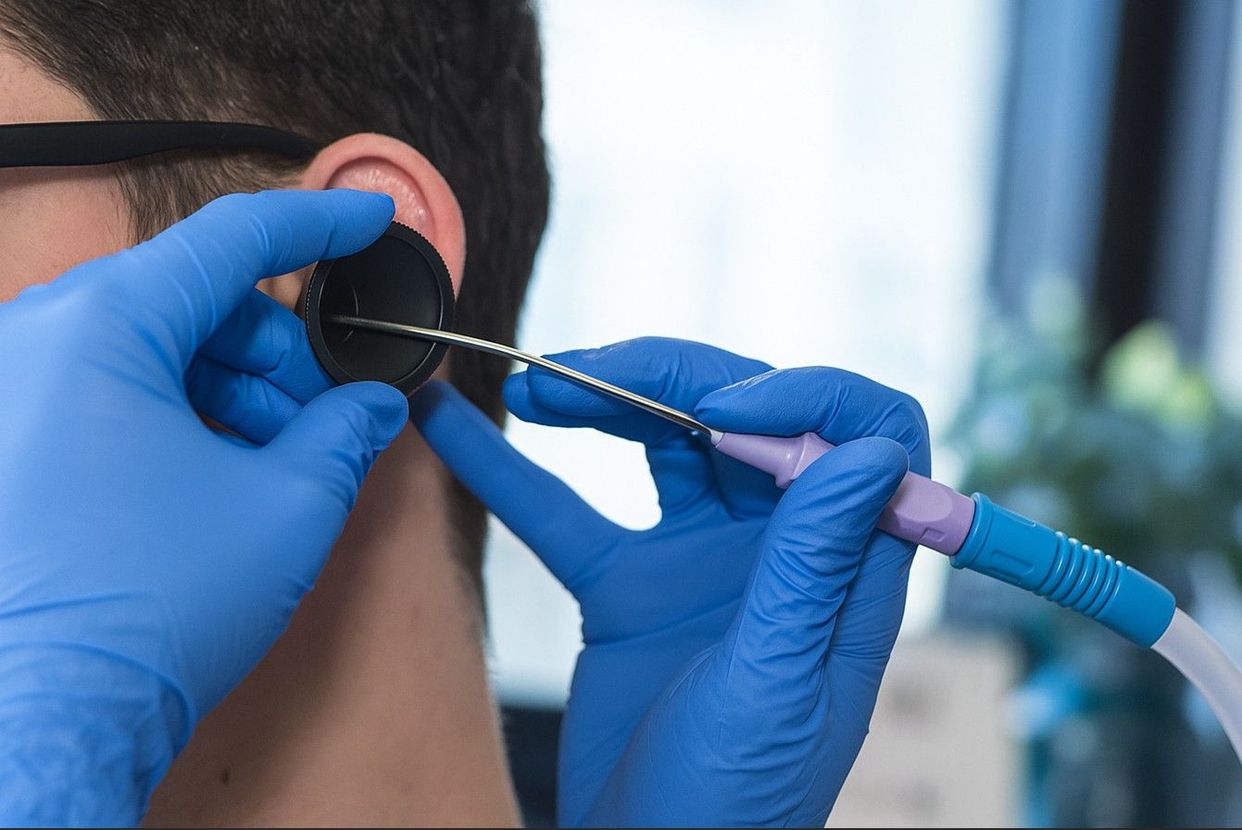
Our Ear Wax Removal Process
To be Happy Ears – Ear Wax removal Specialists partner each member will go through a comprehensive check and interview process to assess their suitability.
Customer values must be aligned to provide an exceptional customer experience. Many clients will be wary, or even a little fearful, of having the procedure done. The ability to put clients at ease, along with having the time to explain the procedure and knowing how to approach apprehensive customers' provides the backbone of exceptional service.
Our Specialist Partners welcome clients who may be suffering with dementia or have anxiety issues caused by other conditions.
Unlike many other ear wax removal clinics, clients of a Happy Ears Specialist Partner will not be treated as though they are part of a production line, but as a valued individual with their own specific needs.
Ear wax plays an important role in protecting your ears by trapping dust, dirt, and bacteria. However, too much wax can cause discomfort, muffled hearing, or even temporary hearing loss. Knowing how to manage it safely can make all the difference. Here are a few professional do’s and don’ts to keep in mind.
Do:
If you feel your ears are blocked or your hearing has changed, get them checked by a qualified ear care specialist. Many people find that professional ear wax removal is quick, comfortable, and provides instant relief. Using olive oil softening drops or spray before your appointment can also make the process easier. Simple habits, such as keeping your ears dry and clean from the outside only, help maintain ear health between treatments.
Don’t:
Avoid inserting cotton buds, hairpins, or other objects into your ears. This can push the wax deeper, irritate the skin, or even damage the eardrum. Likewise, avoid home “ear candling” kits — they’re not proven to work and can cause burns or blockages. Even if your ears feel full, never try to remove wax by force or with unverified online gadgets.
At Happy Ears, we see many people who’ve tried to fix the problem themselves and ended up with irritation or infection. The safest option is always to seek professional help. We use modern, gentle techniques such as microsuction or irrigation to remove ear wax safely and effectively — no mess, no pain, and no risk to your hearing.
If you’re unsure whether your ears need cleaning, it’s always worth getting them checked. Prevention and proper care are far better than dealing with complications later.
Ear Wax Removal Tips
Some knowledge and tips about Ear Wax Removal
EAR WAX CLEANING NEAR ME
Check to see if a Happy Ears Ear Wax removal Specialist is near you
Common Ear Wax Removal Questions
-
How do ear wax removal specialists compare to DIY ear wax removal kits?
Ear wax removal specialists offer significant advantages over DIY kits. Professionals use specialised equipment like microsuction or irrigation tools and can safely visualise the ear canal during removal. They're trained to handle impacted wax and identify underlying ear conditions.
DIY kits, while convenient and affordable, carry risks of pushing wax deeper, perforating eardrums, or causing irritation. Home kits work well for minor buildup but may be ineffective and potentially dangerous for severe impaction. Ear Wax Removal Specialists are recommended for persistent problems or significant discomfort.
-
Can ear wax removal lead to an infection?
While ear wax removal is generally safe, there is a small risk of infection if performed improperly. Using unsterilised instruments, inserting objects too deeply, or causing scratches to the ear canal can introduce bacteria. Professional removal, by a trained practitioner, minimises this risk by using proper techniques and appropriate sterile equipment. DIY methods like cotton swabs can push wax deeper and damage delicate ear canal skin, potentially leading to infections. If you experience pain, discharge, or fever after removal, seek medical attention promptly.
-
Does ear wax removal help with tinnitus?
Ear wax removal can help a little with tinnitus if excessive wax buildup is present but it will not be the underlying cause. When impacted wax blocks the ear canal, it can create pressure, muffle sounds, and trigger ringing or buzzing sensations. Removing this obstruction often provides relief. However, tinnitus has many potential causes including hearing loss, circulatory issues, or nerve damage, ear wax is not a cause so tinnitus will persist after wax removal. Further evaluation by an audiologist or ENT specialist is necessary to identify and address the contributing factors.
-
Does ear wax removal hurt?
Ear wax removal typically doesn't hurt when performed correctly, though some discomfort is possible. Professional methods like microsuction may cause slight pressure sensations or tickling, while irrigation can feel unusual but painless. Pain usually indicates a problem—such as infection, overly aggressive removal, or existing ear conditions. If you experience significant pain during or after removal, mention this immediately. Gentle, professional ear wax removal from a healthy ear should be a comfortable experience overall.
-
When should you have ear wax removal?
You should seek ear wax removal when experiencing symptoms of impacted wax, including hearing loss, earache, fullness sensation, dizziness, ringing, or itching. Visible wax blockage or difficulty hearing conversations warrants attention. Removal is also necessary before ear examinations or hearing tests. However, not everyone needs regular removal—wax naturally migrates outward. Only pursue removal when symptomatic, as routine cleaning can disrupt the ear's natural protective mechanisms. Consult a healthcare provider if symptoms persist or you're prone to excessive buildup.
-
How important is spraying your ear with olive oil before ear wax removal?
Applying olive oil before removal can be quite beneficial, particularly for hardened or impacted wax. Softening agents help loosen stubborn wax, making removal easier and more comfortable. We DO NO recommend Sodium Bicarbonate Ear Drops. We recommend using olive oil ear spray for 3-5 days before an appointment. However, it's not always necessary for minor buildup. Never use oil if you suspect an eardrum perforation or ear infection. While helpful as a preparatory step, oil application alone may not remove significant blockages without professional intervention.
-
What ear wax removal method is best?
The best ear wax removal method depends on individual circumstances. Microsuction, performed by specialists using gentle vacuum pressure, is highly effective and safe for most people, including those with perforated eardrums. Irrigation works well for soft wax but isn't suitable for everyone, such as someone with a perforated eardrum. Manual removal with specialised instruments as also an option but limited in its use and. Avoid using cotton swabs, which pushes wax deeper. Our Happy Ears professional ear wax removal specialist will determine the most appropriate method based on your ear health and wax condition.
-
My GP said my ears are fine, but I still feel blocked. What's going on?
This happens more often than you'd think. Sometimes a quick look with a basic otoscope doesn't show the full picture, especially if wax is sitting deeper in the canal or off to one side. We use proper magnification and take our time examining. We've had loads of patients who were told "your ears look fine" but actually had significant wax buildup once we looked properly. Other times, the blocked feeling isn't wax at all—could be Eustachian tube dysfunction, pressure issues, or something else. We'll work out what's actually causing it.
